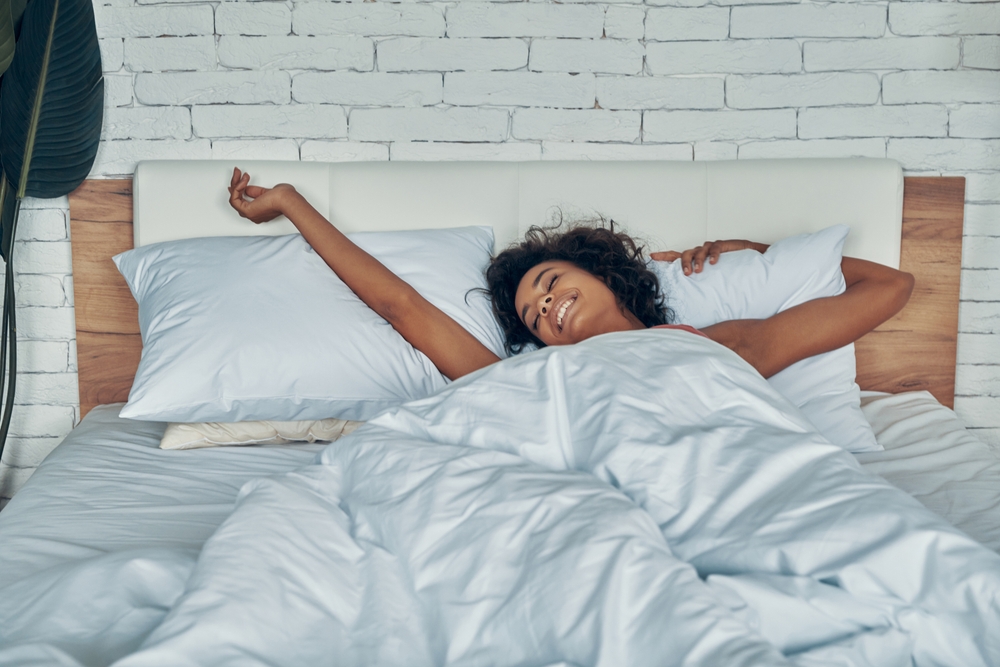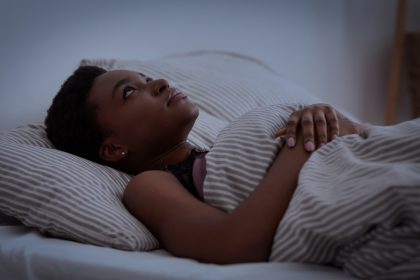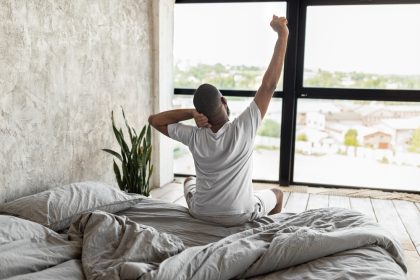A peaceful bedroom extends beyond aesthetics to become a sanctuary for mind and body restoration. When arranged with intention, bedrooms can promote deep, uninterrupted rest while improving physical and emotional health. Proper bedroom layout helps the brain slow down, heart rate decrease and stress levels diminish.
Why bedroom layout affects sleep quality
The body thrives on consistency and balance, with environment playing a significant role in sleep regulation. Poorly designed bedrooms can interrupt natural circadian rhythms, while supportive layouts create conditions for restorative rest. Strategic furniture placement, thoughtful color choices and organized spaces signal to the brain that it is time to unwind.
In today’s connected world, too many bedrooms serve multiple purposes as home offices, exercise areas or entertainment zones. This functional confusion disrupts sleep cycles. Reclaiming spaces specifically for rest begins with intentional design decisions.
Optimal bed positioning for rest
Bed placement represents the most crucial layout decision. Sleep and design experts recommend positioning the head of the bed against a solid wall, ideally the wall farthest from the door. This arrangement provides psychological security and stability, allowing the nervous system to relax more effectively.
Avoid placing beds directly aligned with doorways, which can create subconscious tension and disrupt sleep quality. When possible, ensure both sides of the bed remain accessible. This improves room flow while creating visual balance, particularly important in shared sleeping spaces.
The bed should serve as the room’s focal point, with other furniture arranged to support rather than compete with this central element.
Nightstands that support sleep routines
Bedside tables should function practically rather than merely decoratively. Well-chosen nightstands keep sleep essentials within easy reach, including water, books or relaxation aids. Symmetrical arrangements with matching lamps and nightstands on both sides create visual harmony that subtly encourages emotional balance.
Avoid using nightstands as clutter collection areas. Instead, maintain clean surfaces with one or two items that support relaxation, such as soft-glow lamps or essential oil diffusers with calming scents like lavender.
Nightstand height should align with mattress level to provide comfortable access without straining while lying down.
Decluttering for mental clarity
Excessive visual stimuli can keep minds active long after bedtime. Organized spaces help brains associate bedrooms with peace and quiet. Implement closed storage solutions to hide distractions including electronics, mail and exercise equipment.
Under-bed storage requires careful consideration. When necessary, store soft items like linens or seasonal clothing. Avoid keeping emotionally charged belongings such as bills or personal documents that could subconsciously affect mental state during sleep hours.
Effective organization strategies include:
- Closed storage systems for hiding daily clutter
- Minimal surface decorations to reduce visual stimulation
- Designated spaces for non-sleep items outside the bedroom
- Regular decluttering routines to maintain peaceful environments
Natural light and circadian rhythm support
Lighting plays a powerful role in regulating circadian rhythms. During daytime hours, bedrooms should receive maximum natural light exposure. Position beds and seating areas near windows when possible to support healthy sleep-wake cycles.
Evening lighting should transition to soft, warm tones that signal the body to prepare for sleep. Avoid overhead lighting close to bedtime, instead using low-wattage lamps or wall sconces. Dimmer switches allow gradual light reduction as night approaches.
Blackout curtains or window treatments help create darkness during sleep hours while allowing natural light control during the day.
Technology management for better sleep
Electronic devices near sleeping areas can significantly disrupt sleep quality. Screens emit blue light that delays melatonin production and makes falling asleep more difficult. Consider establishing tech-free zones with charging stations located away from beds.
Create dedicated relaxation areas with comfortable seating, physical books and calming music options. These designated spaces send clear signals to the brain that it is time to disconnect from digital stimulation and prepare for rest.
Remove televisions, computers and other electronic devices from bedrooms when possible to eliminate sleep disruptions.
Color psychology and texture choices
Color selection significantly impacts mood and sleep quality. Blues, soft greens, grays and muted earth tones promote tranquility and relaxation. When redesigning bedrooms, incorporate soft textures including cotton, linen and plush materials that evoke warmth and security.
Excessive contrast or bold colors, while energizing during daytime, can overstimulate senses at bedtime. Maintain muted color palettes with three to four calming hues throughout the space.
Texture variety through bedding, curtains and accessories adds visual interest without creating stimulating environments that interfere with sleep preparation.
Airflow and environmental comfort
Proper ventilation often gets overlooked despite being vital for quality sleep. Ensure air can flow freely throughout the room by avoiding furniture placement that blocks vents. Position beds to allow even air circulation around sleeping areas.
Fans and air purifiers improve airflow while providing soothing white noise that can facilitate sleep onset. Lightweight curtains that open easily help regulate temperature while blocking excessive light during sleep hours.
Optimal bedroom temperature ranges between 60 and 67 degrees Fahrenheit for most people, making climate control an important layout consideration.
Creating psychological comfort
Well-designed bedroom layouts benefit emotional wellbeing in addition to physical rest. When spaces feel restful, brains begin associating rooms with relaxation, comfort and security. Over time, these associations become habits that make falling and staying asleep easier.
Whether living in small apartments or spacious homes, layout optimization extends beyond interior design to reclaiming space for mental peace and physical restoration.
Personal touches that promote calm, such as meaningful artwork or plants, can enhance the psychological comfort of sleeping spaces without creating stimulating environments.
Thoughtfully designed bedrooms become retreats that support deep rest, renew the body and help individuals face each day with clarity and calm. By reimagining layout with specific sleep-supporting purposes, homeowners invest in both immediate comfort and long-term health benefits.
The bedroom should serve as more than a place to sleep but rather as a carefully crafted environment that promotes the restorative rest essential for physical health, mental clarity and emotional wellbeing.













